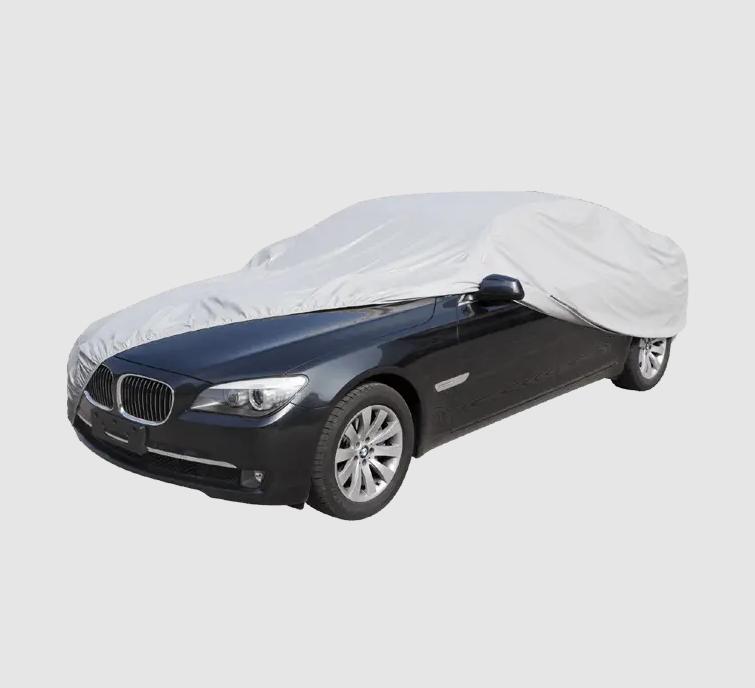Car Covers are simple yet effective tools for protecting your vehicle from everyday wear and tear. Whether your car is parked outdoors or in a garage, a cover helps shield it from environmental factors that contribute to damage over time.
Dust, pollen, bird droppings, and tree sap can gradually degrade a car’s paintwork. Even inside a garage, dust can accumulate, leading to scratches when wiped off. A cover acts as a physical barrier that reduces cleaning frequency and maintains the vehicle’s appearance.
Sun exposure is another concern. Prolonged UV rays can fade the paint and dry out rubber seals. A cover helps block sunlight, keeping the interior cooler and the dashboard from cracking. For vehicles parked in snow or rain, waterproof and weather-resistant covers keep moisture from seeping in and causing rust.
In addition, car covers offer some protection against accidental bumps or scratches from passersby, kids playing nearby, or objects falling in a garage. Some materials even offer minor cushioning.
Security is another indirect benefit. A covered vehicle draws less attention, potentially deterring theft or vandalism. It’s a visual signal that the car is not in use and may be monitored.
When selecting a car cover, consider your climate and where the vehicle is usually parked. Breathable materials prevent moisture buildup, while multi-layered covers provide better durability in harsher environments.
Routine use of a car cover contributes to preserving a vehicle’s resale value. Paintwork and interior condition are important factors when assessing a used car’s worth.
In conclusion, using a car cover is a straightforward practice that supports vehicle longevity. It’s a small investment with noticeable long-term returns for both aesthetics and protection.
